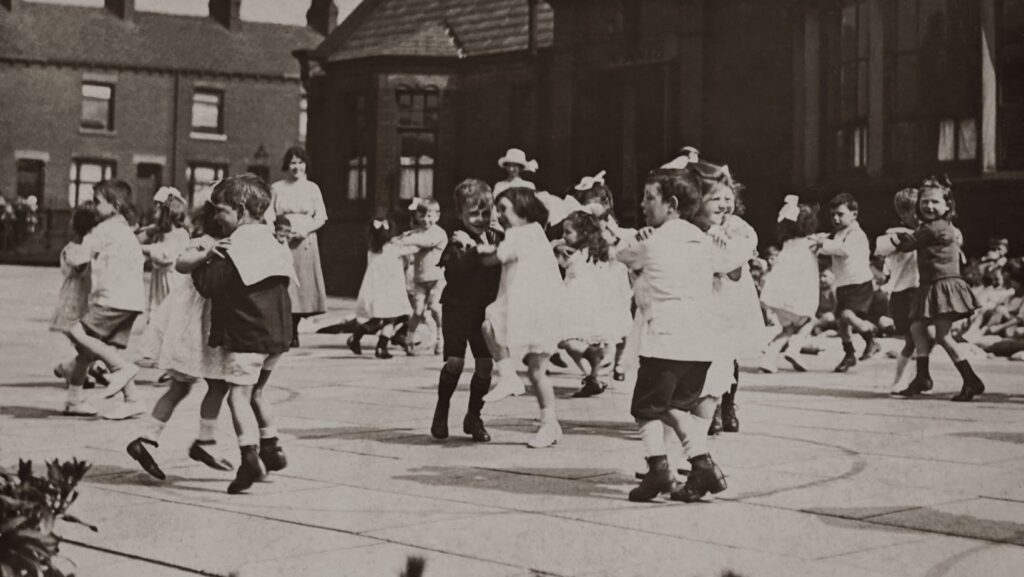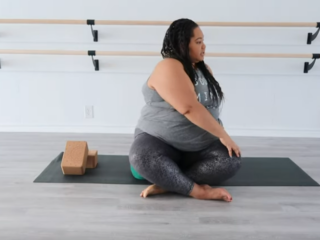
Welcome to the delightful world of dance, where every step and twirl sparks joy and creativity in the young! Dance isn’t just an art form; it’s a celebration of movement, a way to express emotions, and a crucial tool for development in early childhood. As we explore the journey of introducing dance to children, we’ll discover how these first steps can lay the foundation for a lifetime of movement and happiness.
The Magic of Movement
Dance is more than just moving to music; it’s a holistic activity that nurtures the physical, emotional, and cognitive development of children. From the moment they start to walk, children are naturally inclined to move, and dance is a beautiful extension of their exploratory movements.
Why Dance Matters
Dive into the benefits of dance for young children, highlighting how it improves coordination, balance, flexibility, and strength. Discuss the positive impacts on emotional well-being, including boosted self-esteem and reduced anxiety.
Taking the First Leap
Introducing children to dance at a young age is a gift that keeps on giving. Preschool dance lessons are a wonderful way to start this journey, offering structured yet fun environments where children can explore movement and music.
Choosing the Right Class
Offer guidance on what to look for in a dance class for young children, emphasizing the importance of a nurturing environment, qualified instructors, and a curriculum that’s age-appropriate and focused on exploration rather than technique.
The Role of Parents and Caregivers
Parents and caregivers play a crucial role in fostering a child’s love for dance.

Encourage family involvement, from participating in dance activities at home to choosing the right class and supporting their child’s dance journey.
Creating a Dance-Friendly Home
Share tips for incorporating dance into daily routines, such as having dance parties, using dance as a way to express feelings, and showing enthusiasm for the child’s interest in dance.
Dance Styles for the Young
Explore the variety of dance styles suitable for young children, from ballet to hip-hop, and how each style can cater to different personalities and interests. Highlight the benefits of exposing children to diverse dance forms.
Finding the Perfect Fit
Discuss how to identify which dance style resonates most with a child, considering factors like the child’s energy level, interests, and the overall philosophy of the dance studio.
The Social and Cultural Dimensions of Dance
Dance is not just an individual activity; it’s a communal and cultural experience. Explore how dance classes can teach children about teamwork, respect, and cultural diversity.
Building Community Through Dance
Highlight stories or case studies of how dance has brought together children from various backgrounds, fostering a sense of community and mutual respect.
Overcoming Challenges
Address common challenges that children might face when starting dance, such as shyness, frustration, or feeling different.

Offer advice on how parents and instructors can support children through these challenges.
As children continue to experiment and overcome challenges on their dance journey, parents can create custom challenge coins as a precious memento of their growth. The design can incorporate key moments from their dance journey: for example, a simple silhouette depicting the moment they first overcame shyness and bravely took center stage in the classroom. Or, they could incorporate their first ballet tiptoe or hip-hop rhythmic movement into the core design. You can even engrave specific times and small achievements on the coin.
This small challenge coin not only recognizes your child’s efforts but also serves as a “badge of courage” for them as they face challenges, witnessing their growth from hesitation to determination, from unfamiliarity to proficiency. This allows the sense of accomplishment and confidence brought by dance to accompany your child more tangibly.
Can you customize coins in different shapes? Yes, you can customize your challenge coins in various shapes. The most traditional coin is round, but you can also choose custom-shaped coins such as squares, triangles, stars, cut-out shapes, and more, based on your preferences.
Encouraging Persistence and Enjoyment
Provide strategies for keeping dance enjoyable and stress-free, emphasizing the importance of focusing on the joy of movement rather than perfection or competition.
The Impact of Dance on Lifelong Well-being
Reflect on how the skills and joys discovered through early dance experiences can benefit individuals throughout their lives, from maintaining physical fitness to finding creative outlets for stress relief.
Dance as a Lifelong Companion
Share anecdotes or examples of how early exposure to dance has influenced individuals’ lives, highlighting the long-term benefits of nurturing a love for dance from a young age.
Conclusion: Celebrating Every Step
Conclude by reinforcing the importance of encouraging movement and joy through dance in young children. Emphasize that the first steps in dance are not just about learning to move to music but about igniting a passion for creativity, expression, and joy that can last a lifetime.
A Call to Dance
Invite parents, caregivers, and educators to embrace the world of dance for their children, encouraging them to see dance not just as an activity but as a vital part of childhood development and happiness.











